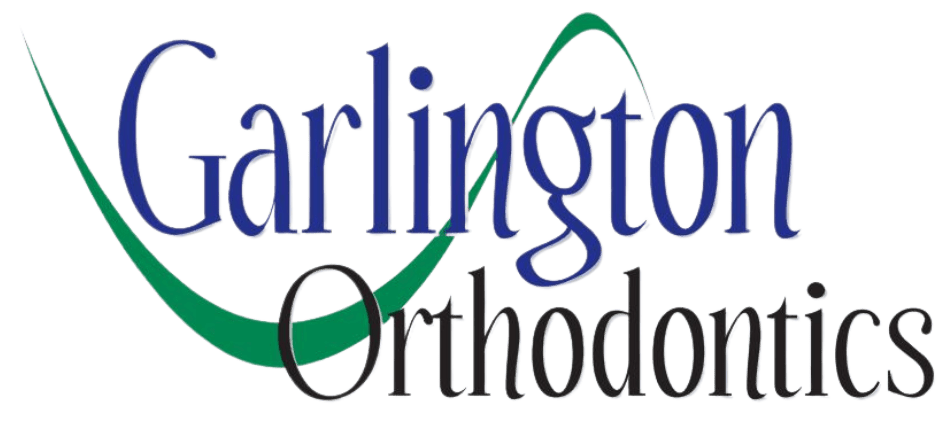For many of our Long Beach residents, crooked teeth are at the top of their list for orthodontic correction. Addressing crooked teeth early on is essential to prevent dental issues. Yet, not everyone can access early intervention. As a result, we have options for both teens and adults. In addition to improving your smile’s appearance, straightening crooked teeth can enhance oral health and quality of life.
If you’re concerned about crooked teeth or are considering orthodontic treatment, we encourage you to schedule a consultation with Dr. Garlington. He can evaluate your smile and discuss your treatment options. Together, you can develop a plan to help you achieve the straight, healthy smile you deserve. You’re not alone in your journey to straighter teeth.
You can achieve a smile you’re proud to show off with the right treatment and support. Our team is here to help you explore the best treatment options if you have additional orthodontic concerns. So, don’t let crooked teeth hold you back. Take the first step towards a straighter, healthier smile today!

Crooked Teeth in Long Beach, California
Crooked teeth, or malocclusion, occur when teeth do not align properly. This misalignment can happen for various reasons, such as genetics, overcrowding, thumb sucking, or early loss of primary teeth. When teeth are crooked, they may appear crowded, twisted, or out of place. They will affect the overall appearance of your smile.
But crooked teeth aren’t just a cosmetic issue. They can also impact your oral health. When teeth are misaligned, it can be hard to clean them properly. As a result, this creates a buildup of plaque and bacteria. This buildup increases the risk of tooth decay, gum disease, and other oral health problems.
Oral Health Issues
When teeth are crooked, they come together at odd angles instead of being straight and even. This makes it harder for you to clean properly between all of the teeth. Spaces are tight and overlapping, and you may be unable to floss between them or brush all the surfaces. You’re more likely to have issues with tooth decay and gum disease because plaque and tartar build up in the areas you aren’t able to reach.
With crooked teeth, your bite isn’t even. Some teeth take on more bite pressure than others, making those teeth wear down faster and more likely to chip or break. Your bite doesn’t come together properly. The jaw joint may not track smoothly, putting extra stress on the muscles around the jaw. The longer this happens, the more likely you are to experience things like jaw pain and other TMJ disorder symptoms.
Problems With Function
You may not be able to chew properly with crooked teeth. If your bite doesn’t function properly, you may avoid chewing in certain areas or keep the chewing to one side of your mouth. This can cause discomfort and uneven tooth wear. If you can’t break down food properly, it can lead to digestion issues. You also may not be able to eat a nutritious, varied diet because there are certain foods you may have to avoid.
Each one of your teeth is crucial to proper speech. The tongue interacts with each tooth to make certain sounds and form words. Severely crooked teeth can impact how you make those sounds and the position of your tongue. This can lead to a lisp or other speech impediments when speaking.
Treatment Options
So, what can be done about crooked teeth? Fortunately, several treatment options are available to straighten them out and improve your smile’s appearance and health.
Braces
One common treatment for crooked teeth is braces. Braces are metal brackets attached to the teeth, connected by wires and bands. Over time, the braces apply gentle pressure to the teeth. This should gradually move teeth into the desired position. While braces may not be the most glamorous accessory, they are incredibly effective at straightening crooked teeth.
Clear Aligners
Another popular option for straightening crooked teeth is Invisalign aligners. These custom-made, removable trays gradually shift the teeth into alignment. They are virtually invisible, making them a discreet option for those who may feel self-conscious about wearing braces. Invisalign aligners are also convenient because you can remove them for eating, brushing, and flossing.
Orthodontic Appliances
In addition to traditional braces and clear aligners, other orthodontic treatments are available for correcting crooked teeth. These may include orthodontic appliances, such as expanders or retainers. These will help create space in the mouth and guide the teeth into proper alignment.
The treatment for crooked teeth varies depending on the severity of the misalignment and the method you choose. Some people only need braces or aligners for a year or two, while others require longer treatment. Dr. Garlington will create a personalized treatment plan tailored to your needs and goals.
Crooked Teeth FAQs
Crooked teeth can be a bigger problem for oral health than you realize. Read the answers to these frequently asked patient questions.
Will insurance cover treatment for crooked teeth?
Many dental insurance plans cover part of the cost of orthodontic treatment, especially for children and teens. Adult orthodontic coverage may be limited or require specific documentation. It’s important to check with your insurance provider to understand your benefits.
How long does treatment take to fix crooked teeth?
Treatment time depends on the severity of the misalignment and the type of treatment used. Minor issues may take 6 to 12 months, while more complex cases can take 18 to 24 months or longer. Dr. Garlington will provide a personalized timeline based on your goals. Regular checkups and good compliance help keep treatment on track.
Can crooked teeth get worse over time?
Yes, crooked teeth can shift further out of alignment over time, especially if there’s tooth loss, gum disease, or jaw changes. Habits like teeth grinding or thumb sucking can also worsen the condition. Early treatment can help prevent the need for more complex care later. Even adults may notice crowding worsen as they age.
Can crooked teeth be prevented?
Some causes, like genetics, can’t be prevented. However, encouraging children to stop thumb sucking and pacifier use early can help prevent misalignment. Regular dental checkups can catch early signs of crowding or bite problems. Space maintainers or early orthodontic treatment may prevent worsening alignment in some cases.
Are crooked teeth more prone to injury?
Teeth protruding or misaligned are more likely to be chipped, cracked, or damaged in an accident. This is especially true for front teeth that stick out. Orthodontic treatment can bring them into better alignment and reduce injury risk. Wearing a mouthguard during sports is also recommended.
Are there health risks with leaving crooked teeth untreated?
Untreated crooked teeth can increase your risk of cavities, gum disease, and uneven tooth wear. They may also contribute to jaw discomfort, headaches, or difficulty chewing. Over time, the problems can become more severe and more complicated to treat. Straightening your teeth can improve your overall oral and systemic health.
